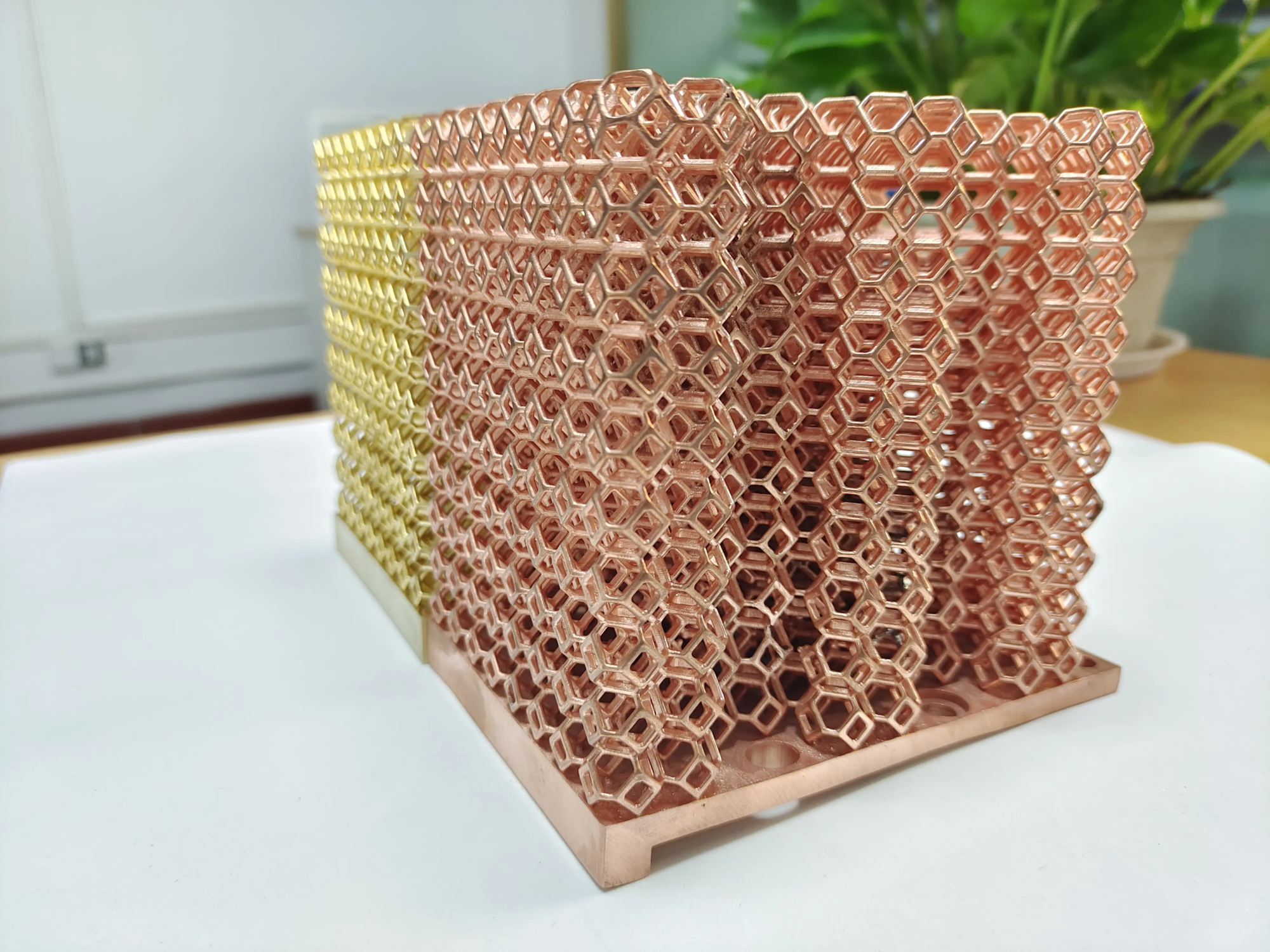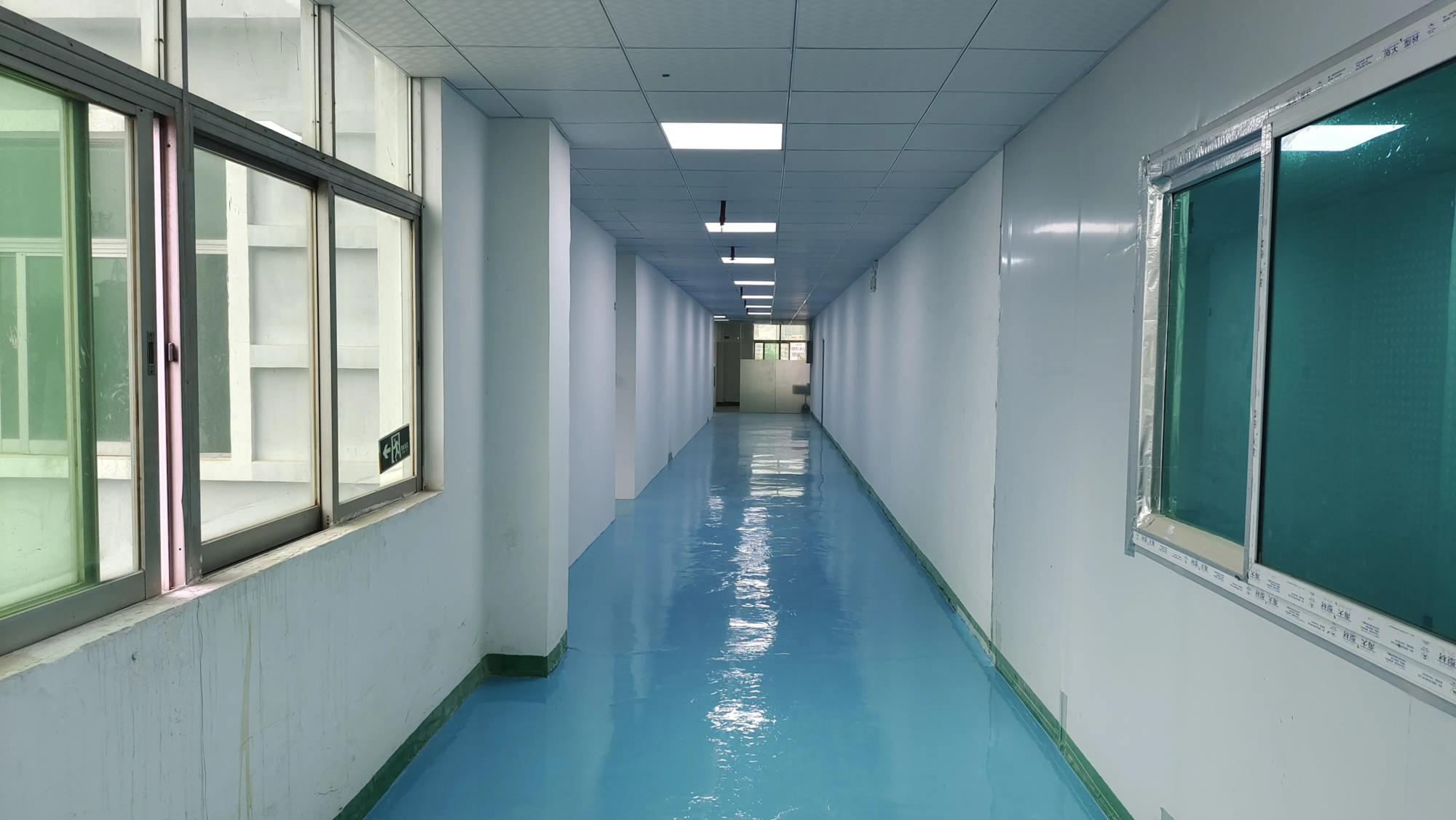Forged fantasy: Designing a dream key board through 3D printing
This iconic Keyblade is a weapon filled with magic and legendary series that represents not only a tool of war. It embodies the heart, strength and connection of the character. For countless fans, having part of that fantasy is a dream. Despite store-bought replicas, they often lack personal connection or ideal quality. Entering the revolutionary world 3D printingproviding unprecedented opportunities: Make yours My owncustom KeyBlade replica with amazing detail and precision.
This journey from digital dreams to tangible treasures combines creativity, technology and skilled craftsmanship. Let’s unlock the process and explore the potential to bring your ultimate key blade to life.
Phase 1: Blueprint – Where Vision Is in line with Digital Reality
The journey starts not with metal or plastic, but with bytes and polygons. Your Keyblade needs to be carefully crafted 3D Model.
- Find templates: A host of talented artists share KeyBlade designs online, from iconic Kingdom Keys to complex changes in a variety of games. Platforms like Thingiverse, Cults3D, and Myminifactory are treasure troves. Crucial: Always give priority to designs that allow printing creators to upload, especially if you plan to produce commercially later.
- Debugging originality: Is it really unique? Work with 3D modeling artists who specialize in gaming assets. Specify the exact key blade, required size, complex details and orientation (displayed or ready). This ensures your vision.
- Prepare for printing: The selected model usually needs to be used Slicing software (Cura, Prusaslicer, Simplify3d). This involves:
- direction: Optimally place the model to minimize support and ensure structural integrity.
- support: Add temporary structures during printing to keep dangled parts.
- filling: Determining internal density (percentage) – is crucial for weight and strength balance.
- Zoom: Set the printing size. Life size is common (usually 3.5-4.5 feet), but consider the space and cost reduction of the walls!
Phase 2: Implementing Magic – Choose Your Path
Substance choice profoundly affects the appearance, feel, weight, durability and cost of the Keyblade. This is where the technical approaches differ:
Personal FDM Printing (accessible and fun):
- Best for: Prototyping, lightweight display, role-playing props designed for minimal stress.
- Material: PLA (+) (simplest, width range), PETG (more durable), ABS/ASA (harder but smoke, warp).
- advantage: Cost-effective (if you own a printer), iterative design is free, and iteratively transforms quickly for small changes.
- shortcoming: The visible layer lines require obvious post-treatment (sanding, filling, primer), the large/thin sections have limited strength and are prone to warping/layer separation on large prints. The weight is lighter than the metal.
- Post-processing must: Expected Wide Grind, apply fill primer, use for gaps of peel, fine primer and painting for smooth, professional finishes.
Professional SLA/MSLA printing (special details):
- Best for: Display models where complex details are crucial, complex handles require small parts with high resolution.
- Material: Various resins (standard, strong, durable, castable).
- advantage: The incredibly smooth surface is generated directly on the printing bed with details emitting from the razor, with minimal visible layer lines.
- shortcoming: It is significantly more fragile and resistant to influence than FDM plastics or metals. Over time, the ultraviolet light deteriorates. Parts usually require sufficient UV curing and robust structural design. Still need a lot of post-curing grinding/painting. The material cost per volume is higher than that of FDM.
- Notes: If any pressure is expected, especially close to the connection point, make sure to use high levels of resin.
- Professional Metal 3D Printing (Peak of Power and Realism):
- Best for: A quality monitor requires weight, metallic luster, structural integrity and durability. Ideal for museum quality replicas or functional support elements that require true flexibility. (This is where Greatlight’s expertise lies)
- Technical focus: Selective laser melting (SLM). This layer by layer process uses a high power laser to completely melt and fuse fine metal powder particles (e.g., aluminum alloy – e.g., Alsi10 mg, stainless steel – EG, 316L, titanium – Ti6al4v or tool steel).
- Advantages: Greatlime:
- Unrivaled durability: The parts have mechanical properties exceeding cast metal and are close to forged quality. Your key plate becomes a powerful metal object.
- Real weight and feel: Metal provides a large number of legendary weapons. The handle feels solid and the blade feels unwavering.
- The complexity is: SLM is good at using other methods in complex geometry, thin-walled and internal lattice structures. Even the most gorgeous keychains and blades are filamentous, appearing precisely.
- Material variety and customization: A specific metal finish or characteristic can be obtained based on the alloy selection.
- Reduce twisting and casting: Compared to traditional castings of this complex shape, the geometric accuracy is better.
- Integration post-processing: Greatlight goes beyond the print look: critical interface, precise CNC machining of meticulous support disassembly (critical for complex parts), a wide selection of finishes (sanding, polishing, polishing, bead blasting to the required matte or satin), and protective coatings (anodized, aluminum, aluminum-free, stain-free and more, plating, plating or painting).
- shortcoming: Due to the complexity of equipment, materials and aftertreatment, it is costly than plastic methods. Delivery time is longer. A lot of design expertise is required to optimize metal printing (hollow strategy, support for placement, thermal stress management).
Phase 3: Unlocking Perfection – Post-processing and Final Assembly
No prints, especially at this scale and complexity, really directly complete the machine. Post-processing is crucial.
- Support removal: Carefully remove the left support during printing to avoid damage to the surface. Greatlight uses specialized technology and light machining to perform original removal, especially in complex metal parts.
- Surface smooth:
- FDM: Grind (multiple grit), fill primer, putty, repeat. Labor-intensive for large items.
- SLA: The light-colored polishing after complete curing is mainly to eliminate the secondary layer of workpieces before painting.
- Metal: Involved in CNC machining (for critical plane/fitting), massive tumbling, bead blasting, polishing (vibration or manual). From rough matte textures to mirror polishes, this achieves the desired finish curve. Greatlight’s one-stop service includes this critical stage.
- Complete the touch:
- start up: A required primer for paint adhesion.
- painting: Achieve real colors and details (metal, weathering effects, blade edge highlights). Airbrushes usually bring the best results. Greglime can apply custom paint or coatings.
- Sealing/clearing coating: Protect paint finishes from treatment and UV damage (especially crucial for resins). Metal parts may receive clear anodization or specific metal coatings for added protection/gloss.
- assembly: Multi-part key knives require a secure connection through pins and strong adhesives (epoxy, CA glue). Make sure the alignment is perfect.
Conclusion: Your legend realizes
3D printing has democratized the creation of iconic objects, such as Keyblade, turning digital dreams into physical artifacts you can hold. While the DIY route with personal printers provides accessibility and great satisfaction for amateurs, it achieves True quality, durable and metal replicas require expertise and industrial-grade technology.
Used to identify creators, seeking replicas beyond the critical "Printing props" And become a real craft, utilizing experienced Quick prototype services like Greatlight can unlock unrivaled potential. Our Mastery SLM Metal 3D Printingcombined with a comprehensive internal Post-processing and completion functions (CNC machining, finishing, coating) ensures that your key board is not only printed; it is carefully designed, forged in metal and completes museum-level standards with perfect weight and detail. This transforms it from novelty to The lasting heirloom deserves the legend it represents.
FAQ: 3D Print Your Keyboard
Question 1: I have an FDM printer at home. Can I print a full-size key knife?
A: Yes, but it involves major challenges. Large prints require meticulous bed and adhesion management. You may need to split the model into printable fragments and assemble it. Be prepared Wide Post-treatment (sand, fill, primer) for smooth results. The weight will be light and the handling strength is limited – best suited for static displays.
Q2: How much does it cost to 3D-print metal key board?
Answer: Metal key knife is a high-quality piece. Cost based Dimensions, complexity, metal material of choice (Aluminum is usually the most cost-effective entrance, stainless steel/stainless steel is denser/more expensive, and titanium is significantly higher), Level of detailand Post-processing specifications (For example, simple bead explosion with mirror polish with custom paint). Large, sophisticated premium replicas are expected to cost from hundreds to thousands of dollars. Greatlight specializes in high value prototyping – Explore our custom quote options to best price performance ratios based on your specific design and requirements.
Question 3: How long does the process take?
Answer: The timeline varies greatly:
- DIY FDM: It can take several days to print a single segment. Post-treatment (sanding, painting) was added for a few weeks.
- Professional SLA: Rotate optimization, printing, cleaning, curing: about 1-2 weeks. Painting brings extra time.
- Professional Metal (Greglight): After processing the final 3D file (DFM & Preparation): approx. 1-4 weeksdepending on the size of the current queue, model complexity, post-processing and completion requirements of selection. Metal printing itself is fast per layer, but the post-processing is indissoluble, sequential. We prioritize fast turnaround without compromising the quality of completion.
Q4: What kind of files do I need to provide?
A: You need one High-quality 3D model files. STL or 3MF Formats are widely accepted through printing services. Make sure the model is clean, the manifold (watertight without holes), and scales correctly. Greatlight’s engineering team has detailed designs for pre-production SLM printing-specific Manufacturing Checks (DFMs), including support for production and hollowing strategies (if applicable) to ensure optimal results and manage costs.
Q5: Are 3D printed metal key plates actually strong?
Answer: Yes! pass SLM (Selective Laser Melting) experience Complete meltingresulting in significantly higher density (usually over 99.5%) and mechanical properties, which are comparable to traditional cast metal and near forging properties. They are sturdy and durable, and they are much more durable than plastic prints. Greatlame strictly adheres to printing parameter optimization to ensure this strength. SLM KeyBlades can withstand significant handling and performance stresses when designed correctly using our DFM expertise.
Question 6: Can I print other video game weapons?
Answer: Absolutely! These principles apply in full. From the main sword to the Leviathan shaft, Greatlight’s advanced SLM and finish features are perfect for creating high-fidelity, durable replicas of nearly any complex fantasy or sci-fi weapon design. Discuss your specific project vision with us. We solve complex rapid prototyping challenges every day with innovative technology solutions. Customize your precision parts now!





